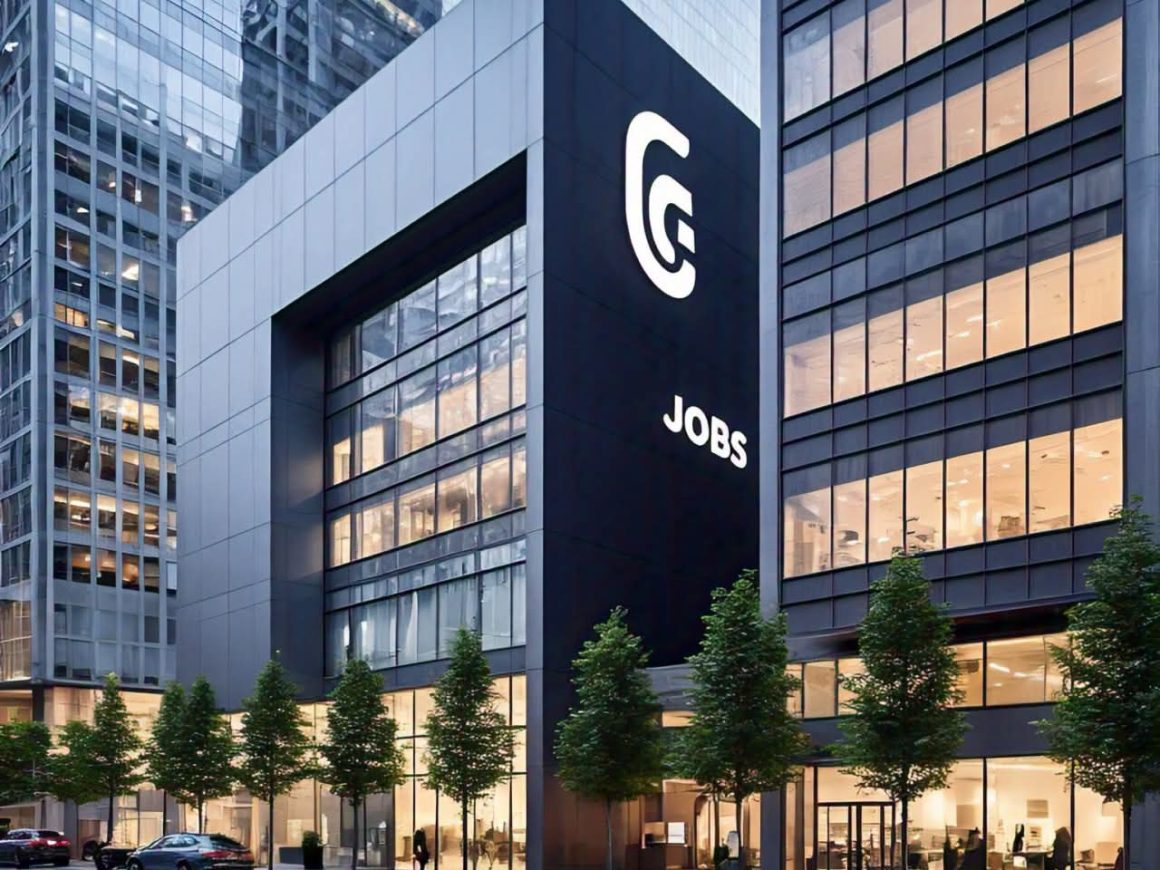
In today’s fast-paced world, finding the right career path has become more critical than ever. The concept of “Align Jobs” focuses on matching individuals with roles that resonate with their skills, passions, and professional goals. In this article, we will delve into the significance of aligning jobs to personal aspirations, how this approach fosters professional satisfaction, and the ways it contributes to a thriving workforce. By keeping the focus on aligning jobs to individual strengths and interests, we can help both employees and employers achieve sustainable success.
The Importance of Job Alignment
Align Jobs is more than just a trend; it’s a strategic approach to workforce management. The modern workforce is diverse, and people are no longer content with jobs that merely pay the bills. They seek opportunities that align with their values, skills, and long-term objectives. A misaligned job often results in dissatisfaction, burnout, and high turnover rates, costing companies both time and resources.
By prioritizing job alignment, organizations can create a motivated workforce. Employees in roles that match their abilities are more likely to perform effectively and innovate within their fields. Aligning jobs with individual goals not only benefits employees but also enhances organizational productivity and reputation.
Strategies to Align Jobs with Skills and Aspirations
To truly embrace the Align Jobs philosophy, individuals and organizations need to adopt strategic measures. Below are some effective approaches:
1.Self-Assessment Tools
Before searching for the ideal role, individuals should assess their skills, interests, and values. Tools such as personality assessments and skills inventories can help clarify what type of job would be the best fit. Organizations can also offer these assessments to potential employees during the hiring process, ensuring that candidates align with the company’s vision and culture.
2.Clear Job Descriptions
Employers play a crucial role in the Align Jobs movement by crafting precise and transparent job descriptions. These descriptions should outline key responsibilities, required skills, and opportunities for growth. Clear communication helps attract candidates who are genuinely interested in and suited for the role.
3.Career Development Programs
Aligning jobs with aspirations is not a one-time activity but an ongoing process. Organizations should invest in training and development programs that allow employees to grow within their roles or transition to new opportunities that better match their evolving skills.
4.Feedback and Open Communication
Regular feedback sessions between employees and managers are essential for maintaining job alignment. Open communication allows both parties to address any misalignments and make necessary adjustments to roles and responsibilities.

The Role of Technology in Job Alignment
Technology has transformed the way we approach aligning jobs with skills and aspirations. Tools like artificial intelligence (AI) and data analytics play a significant role in identifying job matches. Platforms that use AI to analyze resumes, skills, and job descriptions are becoming increasingly popular in the hiring process.
For job seekers, technology simplifies the search for opportunities that align with their qualifications. Professional networking platforms, career websites, and personalized job alerts help candidates find roles tailored to their preferences. Similarly, companies can use technology to streamline recruitment, ensuring that the right talent is placed in the right roles.
Benefits of Align Jobs for Employers and Employees
The Align Jobs approach offers numerous benefits for both employers and employees. For employees, being in a role that matches their abilities and passions leads to higher job satisfaction, increased motivation, and improved mental health. They are more likely to stay with an organization that values their personal and professional growth.
For employers, aligning jobs with employee strengths reduces turnover rates and fosters a positive workplace culture. A satisfied and engaged workforce contributes to improved productivity and innovation. Furthermore, organizations that prioritize job alignment are more likely to attract top talent, as candidates seek companies that value their individuality and potential.
Overcoming Challenges in Job Alignment
While the concept of Align Jobs is promising, it comes with its own set of challenges. Misaligned expectations, limited resources, and resistance to change can hinder the alignment process. However, these obstacles can be overcome with proactive measures.
1.Bridging the Skills Gap
Sometimes, candidates may lack specific skills required for a role. Organizations can address this by offering training programs to bridge the gap, ensuring that employees can grow into their positions.
2.Cultural Alignment
Job alignment goes beyond matching skills; it also involves cultural fit. Employers should focus on hiring candidates whose values and work styles align with the company culture.
3.Flexible Work Environments
Flexibility is a key component of aligning jobs to individual needs. Remote work options, flexible hours, and customizable career paths can help employees find roles that truly fit their lifestyles and ambitions.
The Future of Align Jobs
As industries continue to evolve, the importance of Align Jobs will only grow. The future of work emphasizes adaptability, innovation, and collaboration, all of which thrive in environments where job alignment is prioritized. Companies that embrace this philosophy will remain competitive in attracting and retaining top talent.
Furthermore, the rise of the gig economy and freelance work offers new opportunities for job alignment. Professionals now have more options to pursue careers that match their passions and expertise, contributing to a more dynamic and diverse workforce.
Conclusion
Align Jobs is more than a concept—it’s a transformative approach to workforce management that benefits both individuals and organizations. By focusing on aligning jobs with skills, passions, and aspirations, we can create a more satisfied, motivated, and productive workforce. The journey toward job alignment requires self-awareness, strategic planning, and a commitment to continuous growth.
In a world where professional satisfaction is paramount, Align Jobs offers a path to meaningful careers and thriving businesses. By embracing this philosophy, we can unlock opportunities for a better and more fulfilling future.






